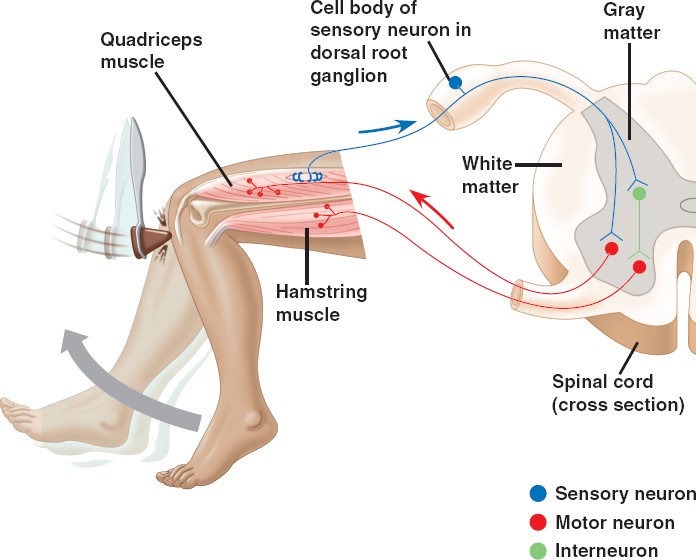

The postganglionic neurons will then extend to targets organs of the SNS (e.g. The preganglionic neurons will then synapse with the postganglionic neurons which sit outside of the spinal cord. The preganglionic neurons originate in the brain stem or spinal cord and will always leave the spinal cord through areas called the thoracic and lumbar regions. The word ‘ganglia’ refers to clusters of neurons which are outside of the brain and spinal cord, instead, they are part of the autonomic nervous system and run alongside the spinal cord. There are two types of n eurons within the sympathetic nervous system: the preganglionic neurons and the postganglionic neurons, or ganglion cells. The SNS consists of neurons found within the peripheral nervous system and the central nervous system, which usually works in stimulating the body’s organs in response to fear or stress. These changes via the SNS are necessary, especially when changing positions, otherwise this can cause dizziness and fainting. going from a sitting to a standing position), and when transitioning from sleep to being aware. This comes into play when exercising (when heart rate needs to increase), changing posture (e.g. The SNS can have effects on the cardiovascular system within the body. Once the threat has been resolved, the parasympathetic nervous system takes over and returns bodily The adrenal glands facilitate both short-term responses to stress as well as long-term responses. Fundamentally, the fight-or-flight response is mediated via impulses transmitted throughout the SNS to the adrenal glands. The reactions brought about by the SNS result in heightened awareness and preparation for combat or to run. This will then bring about the physiological changes needed in order to be prepared to either fight-or-flight. Impulses are then transmitted through the SNS to the adrenal glands, which then pumps adrenaline into the blood stream. When a stressful or anxiety-provoking situation arises, the amygdala (an area of the brain associated with fear and emotions) will send a distress signal to the hypothalamus (a command structure of the brain associated with maintaining homeostasis).

More modern-day stressors can also stimulate the SNS such as financial pressures, stresses at work, or anything that can cause high anxiety for individuals. In evolutionary terms, the SNS would have been used in order to fight or escape prey and for hunting to eat and survive. These autonomic responses to a threatening situation are therefore essential for survival. In this situation, the SNS would trigger responses such as causing the eyes to dilate and the heart to beat faster. For instance, if walking alone down a dark street alone at night and a stranger approached you, your body responds in a way to enable you to either fight or to run away from the situation. The primary function of the SNS is to activate the fight-or-flight response in threatening situations. Also, the neurons of the SNS have shorter axons in comparison to those of the parasympathetic nervous system, thus they act a lot quicker, sometimes the responses happen before a person is consciously aware of them. The parasympathetic branch however stimulates digestion and the urinary system when relaxed, whereas the SNS slows them down as these processes are not required during times of heightened stress.Įssentially, the parasympathetic branch is the antagonist to the SNS. In contrast to the parasympathetic nervous system, which slows down physiological processes, the SNS typically stimulates organs. The SNS can maintain homeostasis through actions such as sweating to cool down the body or in regulating heart rate. The sympathetic nervous system typically functions in actions requiring quick responses.


 0 kommentar(er)
0 kommentar(er)
